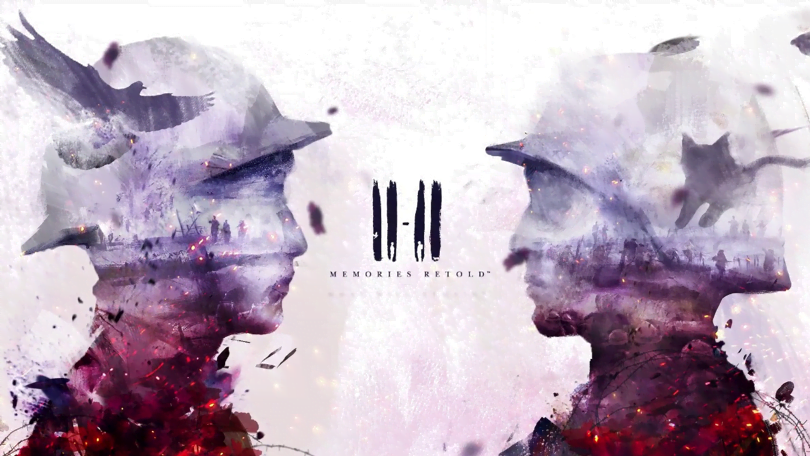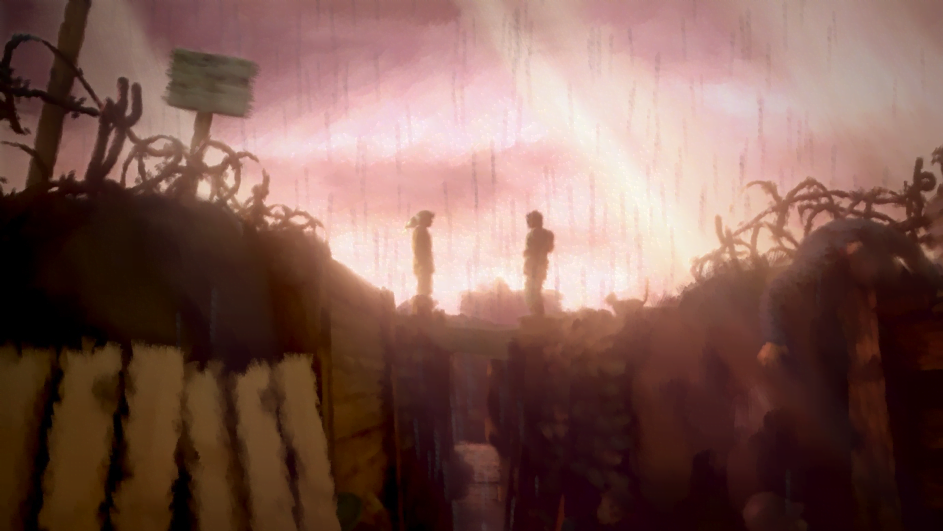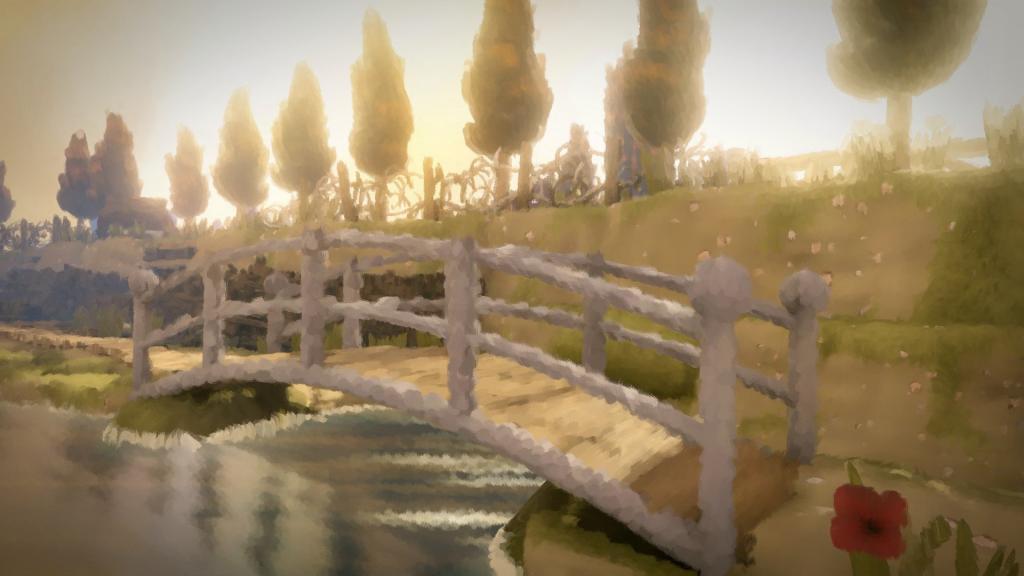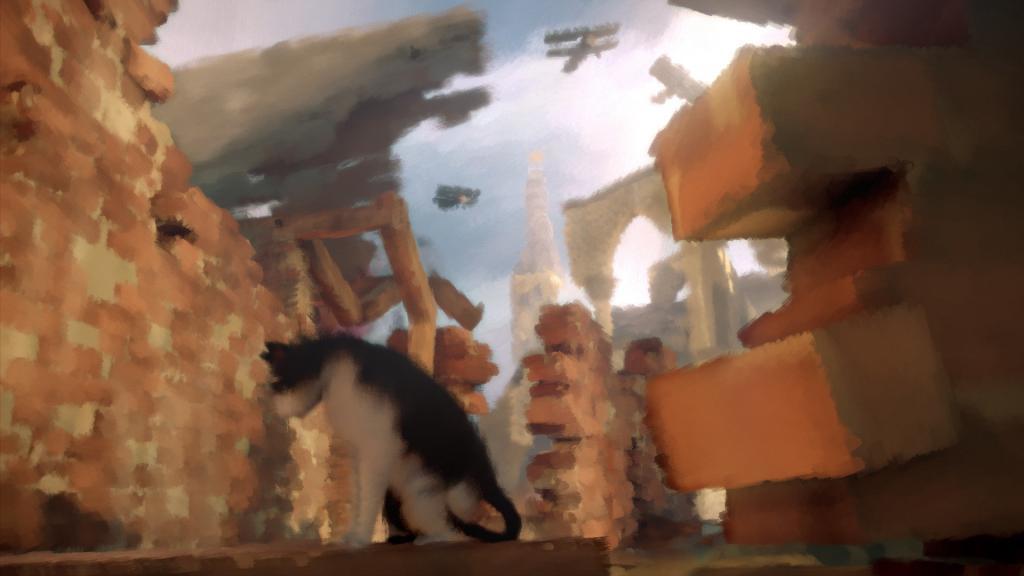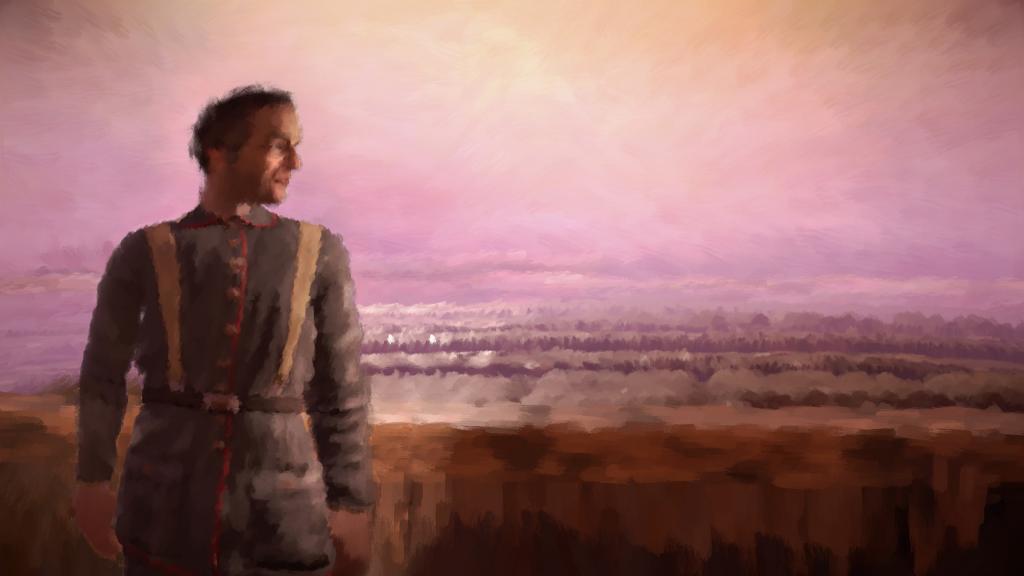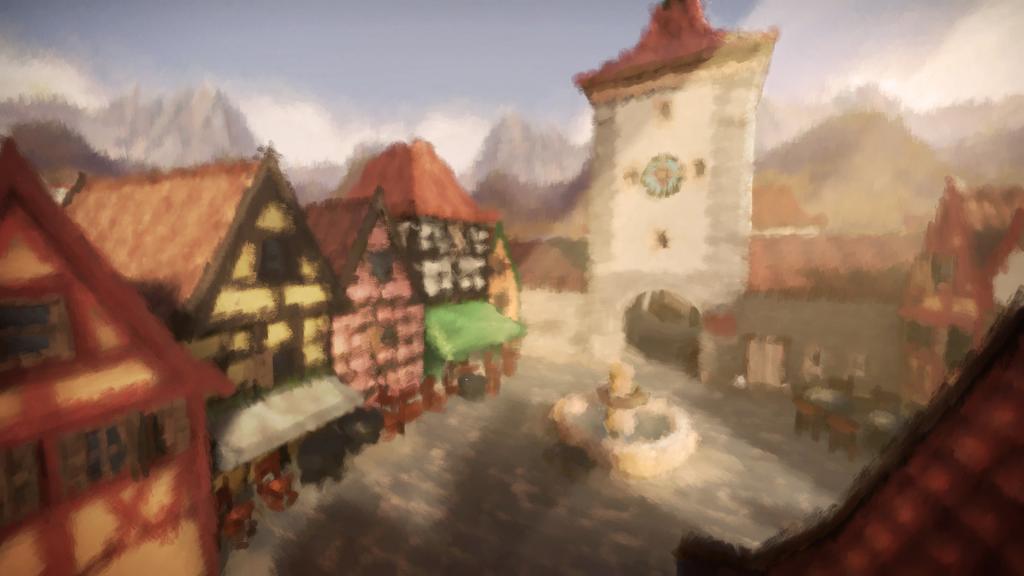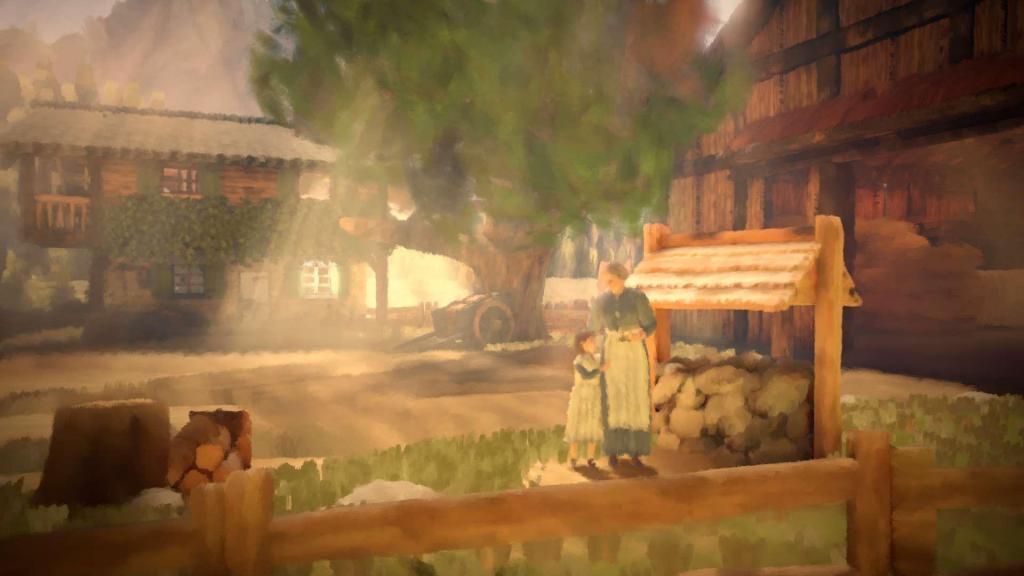A perspective from Yoan Fanise, Artistic Director on “11-11: Memories Retold”
Yoan Fanise, the Creative Director on the game, tells Video Games Europe about the creative process behind “11-11: Memories Retold”. Released on 9 November 2018 at the occasion of the 100th anniversary of the end of World War I, “11-11: Memories Retold” tells the story of two soldiers from both sides of the battlefield. DigixArt is the studio behind the unique artistic direction, bringing the players into an immersive historical journey, where neither guns nor shooting are needed to deliver an intense and emotional experience.

“I see video games as a media that includes all other arts”
What is the role of a creative/artistic director in the creation process of a video game?
Yoan Fanise: The creative director establishes the pillars of the game, what creates the reason of the game to exist. Then, depending on the game genre, the story will be created, levels structure and their scope, as well as a number of game mechanics features to be prototyped.
The next step is to explain this vision in the clearest way possible to the team while leaving them as much autonomy as possible to enhance the game experience. During the prototyping phase it is also the creative director’s role to decide what to keep or not. Many things are nice on paper but do not work with a gamepad! . The creation of a mood video with references from cinema, art and music, help the team a lot to get a better picture of the game. During the production phase, the creative director is the guardian of the project’s “soul”: as every level creation, every animation, or every line of dialog will make the game diverge, it is a constant process of deciding whether to keep or not the various developments in order to keep a consistency. At this point, the weeks are punctuated by levels reviews at all stages: pre-alpha, alpha, beta. Finalization of dialogs and voice recording is a key step to communicate to the actors the various situations and the right emotions to convey. Toward the end of the process, if there are tight deadlines which could prevent the team to achieve everything, there is the hard task of re-scoping the game. The debug phase is less focused on the game itself rather than on marketing aspects, where the creative director is in charge of following the trailers and artworks production. Finally starts the communication around the project, where she or he has to attend trade and consumer shows like E3 and Gamescom..
Which skills are needed to be part of the creative team of a video game?
(Y.F.) I don't think a traditional cursus can teach you the core skills required to make a creative team effective: it is first of all about listening and staying humble. Creating a group that can communicate and listen to each other well. Establish that no idea is good or bad, that seniority does not matter, that specialty of work has no impact at this stage of the process, what ideas should be prototyped Like the MIT says: "Prototype or Die".
That's why you need people that have a strong culture and creativity but also strong technical skills to be able to prototype their ideas quickly. Those double profiles are the ones we need in video game making.
How many artists were gathered around 11-11: Memories Retold? And how long was the creative process?
(Y.F.) 7 Artists were working on the game around a fantastic Art Director, Bram Ttweam.
It took 3 months to establish the art direction, mainly around concept arts, then 4 more months to make the so-called ‘vertical slice’, which is a small portion of the game. The production phase itself lasted 12 months to create the 16 locations of the game and all the characters.
Bram was also in charge of the lighting and color grading during the last two months.
What are the main challenges in transforming an idea into pixels?
(Y.F.) First, you need to have a clear idea of the location, its architecture and which kind of depth of field you want the player to experience (and why). I consider emotions as the starting point: if you want the player to feel oppressed, then you would create a closer space with a lower ceiling etc.
I love this first phase where it is just about space, with what we call ‘grey boxes’. You can already feel the space, how long it is to walk or run from one side to another.
Then the choice of color and lighting is crucial, especially in a narrative game where those elements have to follow the story as well as the evolution of the characters’ psychology.
I use a lot of references as I don’t know how to draw, so Pinterest is my best friend ! I add tons of pictures into different boards to help the artists understand what I have in mind.
From where do you draw inspiration when you create a game?
(Y.F.) I draw inspiration from any area, mostly arts through books and movies but also sculpture and reality, real environments, or even travels that I did in my life. Being in movement in a train or a plane helps a lot to get inspired, I don't know why.
Why is the artistic process of primary importance in the realization of a video game?
(Y.F.) I see video games as a media that includes all other arts, and the game mechanic is for me a tool emerging from all other ideas we want to express. That's why I never start with a game mechanic, which is quite the opposite of a usual game-making process. That's maybe what makes our games so unique at DigixArt.
What do you see as upcoming trends in the creative process?
(Y.F.) I think that the preconceptions of game-design and usual recipes to make a game with RGD RLD (Rational Game Design/Rational Level Design) is coming to an end. The diversity of game genres will grow because artists coming from other backgrounds other art forms will associate with developers to create original things. This is what we did with Aardman and it opens so many doors if you gather around the table writers, painters, sculptors, dancers, and composers. Some of them are still out there and might even be afraid of stepping into the world of video games. However, this bubble will definitively explode and diversity in the content will be exponential. The episodic model will also progress with subscriptions as Netflix does, and will also have an impact on how we create games.
Do you consider games a form of art? In which extent do video games differ from other artistic medium?
(Y.F.) Yes, it is a form of art even though it can sound pretentious! This is an art that combines other art and I imagined the name of our studio with this in mind: Digital X Art = DigixArt, where the combination of digital parameters can create art.
The interactivity and therefore unpredictability makes this medium hard to master, hard to understand but this is what makes it beautiful.
Interview conducted during August 2019 by Benjamin Seignovert, Video Games Europe
